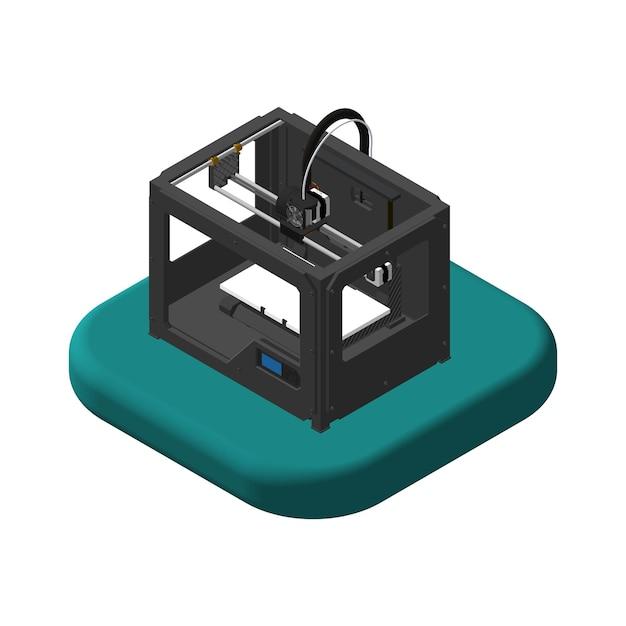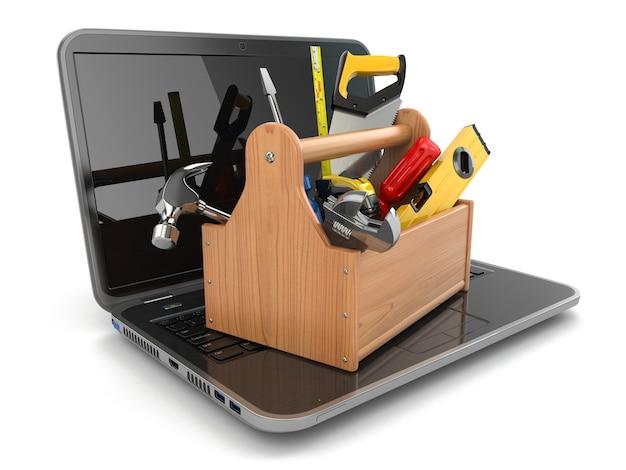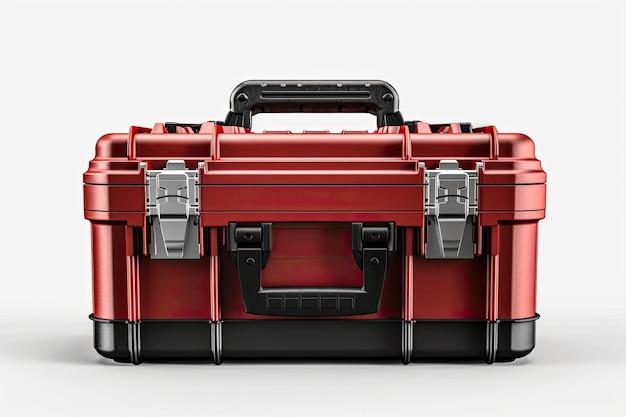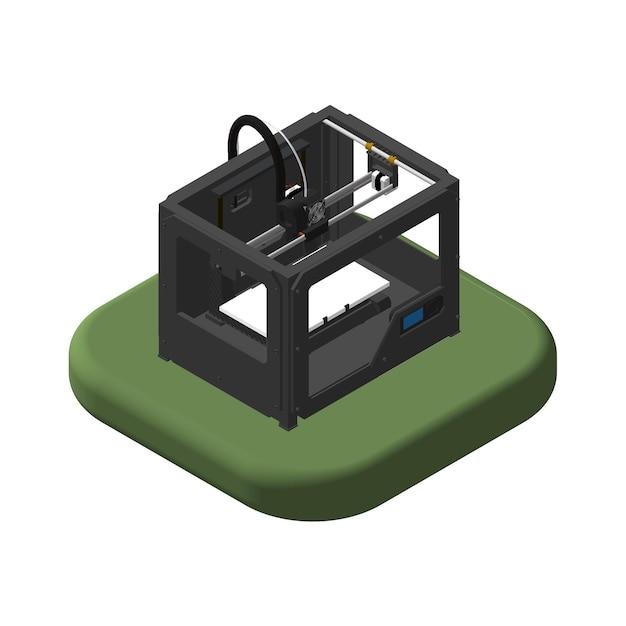Have you ever been frustrated by the lack of customization options for your toolbox? Maybe you’ve wished for a specific widget or accessory that would perfectly fit your needs, but couldn’t find it on the market. Fear not, because 3D printing has revolutionized the way we make things – including custom toolbox widgets! With a 3D printer and some basic design skills, you can create the perfect widget to fit your unique needs and preferences.
But where do you start? In this comprehensive guide, we’ll explore everything you need to know about 3D printing your own toolbox widgets. From the basics of STL files and printer settings, to design tips and alternative options, we’ve got you covered.
First things first: what is an STL file? An STL file is a standard file format used for 3D printing. It contains a 3D model, represented as a series of triangles, that can be read by a 3D printer to produce a physical object. There are many different software programs available for creating and editing STL files, and we’ll cover some of the most popular options in this guide.
If you’re not comfortable with designing your own widgets from scratch, don’t worry – there are many existing designs available online. We’ll explore some of the best resources for finding and downloading these files, including popular websites and communities.
But what if you can’t find the exact widget you need, or you want to create something truly unique? In that case, we’ll cover some basic design tips and techniques to get you started. You don’t need to be an expert to create a functional and attractive widget – just a willingness to learn and experiment.
Finally, we’ll touch on some alternative options for customizing your toolbox beyond just 3D printing. From pre-fabricated accessories to DIY solutions, there are many ways to create a personalized tool storage system.
So whether you’re a seasoned DIY-er or just starting out with 3D printing, this guide will provide everything you need to know about printing your own toolbox widgets. Let’s get started!
The Beauty of 3D Printed Toolbox Widget
Are you tired of losing your tools or struggling to find the right size wrench at the bottom of your toolbox? Well, worry no more! You can now 3D print a toolbox widget to keep your tools organized and easily accessible.
What is a Toolbox Widget
A toolbox widget is a small, 3D printed, customizable tool holder. You can create one to fit your exact needs, whether it’s a place to store your screwdrivers, pliers, or even an area to hang your measuring tape. It saves you time and adds convenience to your work environment.
Customizable Design
The beauty of 3D printing is that you can design your toolbox widget exactly how you want it. You can choose the shape, size, and even the color of the tool holder. The customization options are endless.
Easy to Print
The toolbox widget is an easy project to 3D print, even if you are new to 3D printing. With the right software, you can easily design and print the holder in a matter of hours. There are plenty of online tutorials and resources available to help you get started.
Economical and Environmentally Friendly
One great advantage of 3D printing is that it is a cost-effective and eco-friendly solution. You can create a toolbox widget for a fraction of the cost of buying one, and you are doing your part in reducing waste by not contributing to landfills.
In summary, a toolbox widget is a convenient and customizable tool holder that is easy to 3D print. You can design it exactly how you want, and it saves you time and money. So why not try it out for yourself? Start printing today, and you’ll never lose your tools again!
Toolbox STL
In the world of 3D printing, STL is one of the most commonly used file formats. This file format is particularly popular because it can be easily exported from most 3D modeling software and can be read by most 3D printers. In this section, we’ll explore how to use STL files for your toolbox widget 3D print.
What is an STL file
STL stands for “Standard Triangulation Language,” which is a file format that represents 3D models as a series of triangles. These triangles are used to create a mesh that defines the surface of the 3D object. The mesh is then used by the 3D printer to slice the object into layers, which are printed one at a time to create the final 3D print.
How to create an STL file for your toolbox widget print
To create an STL file for your toolbox widget 3D print, you’ll first need to design your tool in 3D modeling software. Once your design is complete, you can usually export it as an STL file. Most 3D modeling software includes an option to export as an STL file, but some may require you to install a plugin or extension first.
Where to find STL files for your toolbox widget print
If you’re not interested in designing your own toolbox widget from scratch, there are plenty of resources available online where you can download pre-made STL files. Thingiverse and MyMiniFactory are two popular websites where you can find a wide variety of STL files that you can use for your 3D printing projects.
Tips for using STL files in your 3D printing workflow
One important thing to keep in mind when working with STL files is that they can be quite large. This is because they represent 3D models as a series of triangles, and the more triangles your model has, the larger the file size will be. To avoid issues with file size, make sure to choose a reasonable level of detail when you’re creating or downloading your STL files.
Another important consideration when working with STL files is that they may not always be watertight. This means that there may be holes or gaps in the surface of the 3D model that can cause issues when it comes time to 3D print. To avoid this problem, make sure to inspect your STL file carefully before you start printing. Most 3D modeling software includes features that can help you identify and fix any issues with your 3D model’s mesh.
Alternative Toolbox Widgets to 3D Print
There are times when you don’t have the luxury of 3D printing a toolbox widget. Whether you don’t have access to a printer or don’t want to go through the hassle of designing it yourself, you can still create useful and functional widgets using everyday materials.
Cardboard
Cardboard is an excellent alternative material for creating toolbox widgets. It’s readily available, easy to work with, and sturdy enough for light to medium-duty use. You can quickly make a toolbox widget by cutting out cardboard and folding it into the desired shape. You can also glue multiple layers together for added strength.
Acrylic
Acrylic is a lightweight, transparent, and durable material that is ideal for creating complex shapes and designs. It’s suitable for creating an array of toolbox widgets, from specialized screwdrivers to pliers holders. Acrylic sheets come in various thicknesses and colors, making it easy to find the perfect match for your needs.
Wood
Wood is a versatile material that can be used to create toolbox widgets of all shapes and sizes. It’s durable, sturdy, and can be easily engraved or imprinted with your custom logo or design. From hammers to screwdrivers, you can create any type of widget out of wood.
Metal
If you’re looking for a more robust and heavy-duty alternative to 3D printed toolbox widgets, then metal is the way to go. Metal is not only durable and sturdy, but it also adds a unique aesthetic to your tools. You can easily create metal widgets by cutting, shaping, and welding different raw materials.
Although 3D printed toolbox widgets are undoubtedly cool, they’re not always the most practical option. However, with materials like cardboard, acrylic, wood, and metal, you can still create useful and functional widgets that will make your toolbox more organized and efficient. So if you’re not into 3D printing or just want to try something new, give these alternative materials a try!
3D Printed Tool Box Accessories
If you’re someone who enjoys DIY projects or working with tools, you’ll appreciate the ability to customize your tool box. One of the most convenient ways to do so is by 3D printing tool box accessories. This subsection is dedicated to exploring some of the coolest and most useful 3D printed tool box accessories out there.
Socket Holders
One of the most common types of 3D printed tool box accessories are socket holders. Rather than having sockets rolling around loosely or haphazardly placed in your tool box, these holders help you keep everything organized. You can find a wide variety of 3D printable socket holders with different sizes and configurations to suit your specific needs.
Bit Holders
If you’re someone who works with power tools frequently, you’ll likely have a vast collection of drill or driver bits. Like sockets, these bits can get lost or mixed up easily. 3D printed bit holders are similar to socket holders and allow you to keep your bits organized, easy to access, and ready to use.
Wrench Holders
Wrenches are an essential tool in any mechanic’s tool box, but they can be challenging to store neatly. 3D printed wrench holders are designed to keep these tools organized, easily accessible, and stored safely. One of the best things about 3D printed wrench holders is that they can be customized to fit any size wrench perfectly.
Screwdriver Organizers
Screwdrivers are another frequently used tool that can be challenging to keep organized. Luckily, 3D printed screwdriver organizers can assist. Whether you need a place to store a few screwdrivers or an entire set, there are many options available online.
Utility Knife Blades Holders
If you’re someone who uses utility knives frequently, you know how quickly you can go through the blades. 3D printed utility knife blade holders are an easy and practical solution to keep your spare blades organized.
In conclusion, 3D printed tool box accessories are an excellent way to keep your tools organized and stored safely. They’re also an easy and fun DIY project to customize your tool box to fit your specific needs. With the right equipment and a bit of creativity, you can make your tool box look professional and unique.



